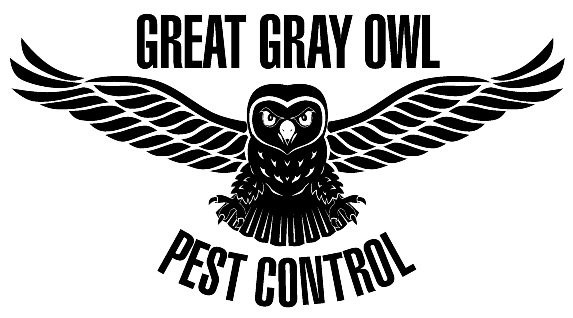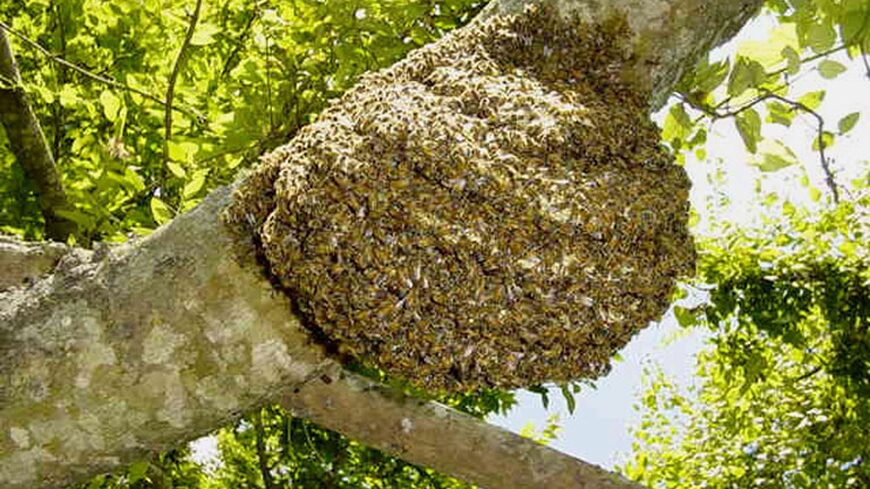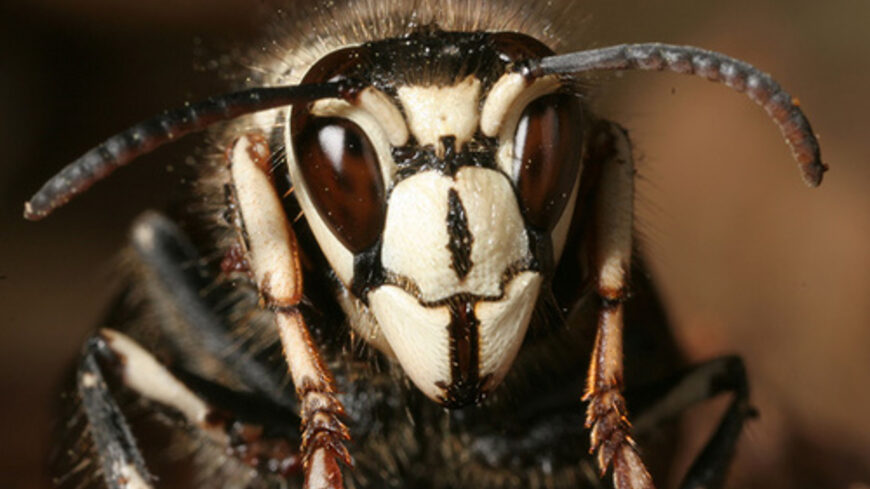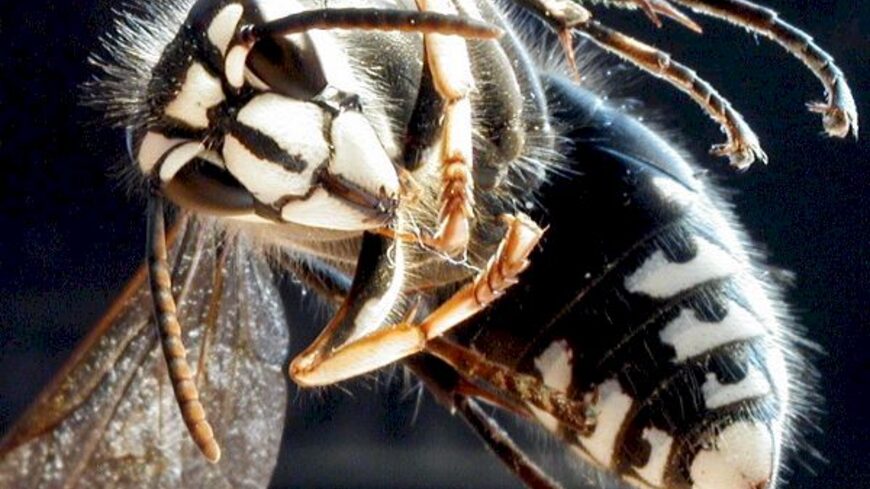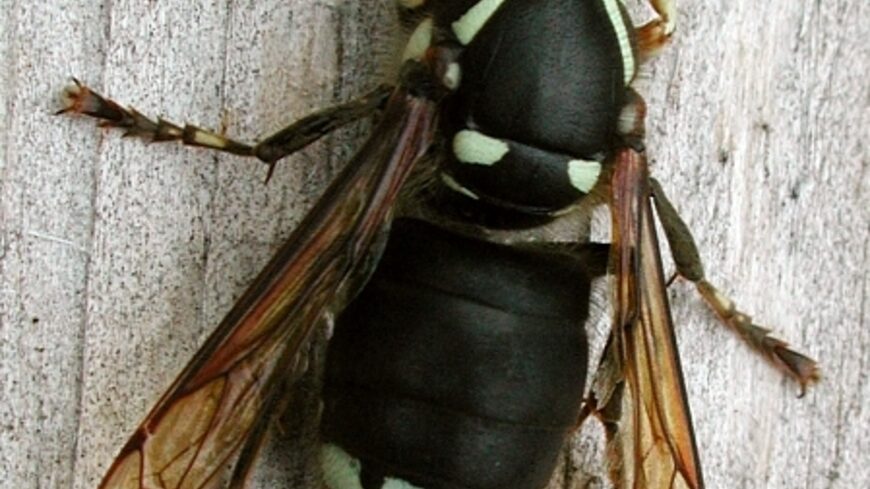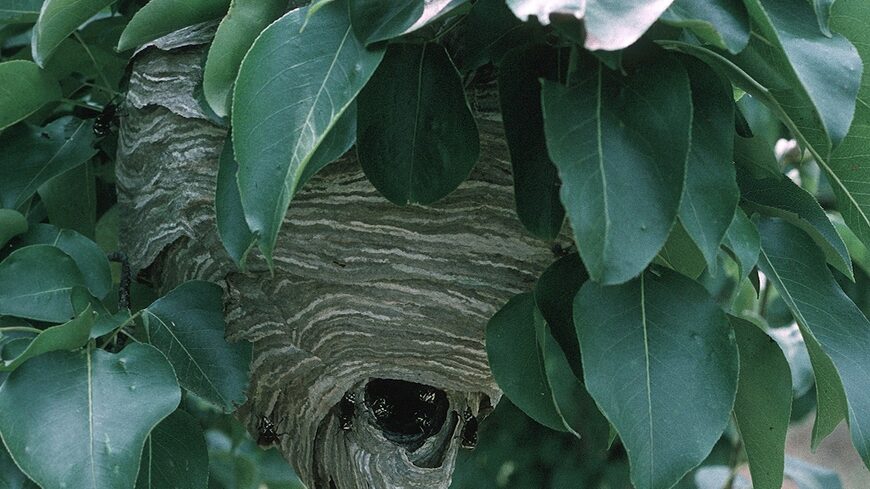While ants are probably the most important members of the Order Hymenoptera with regard to the frequency with which they become pests in and around homes, other members of the order which cause serious problems from time to time are certain bees, wasps and hornets. In contrast to most North American ants, these flying insects are dangerous to humans because of their ability to inflict painful wounds with their stings. A few people are extremely sensitive to the protein material injected by these stinging Hymenoptera, and may become severely ill or may even die as the result of being stung only once. Fortunately, they represent a small percentage of the population, but similar consequences may result even in less sensitive individuals after multiple attacks from a number of these insects.
Since many of these pests are social insects, they are likely to be found in considerable numbers in the vicinity of the nest. A wide variety of stinging insects nest around homes and cottages. While they all can sting, some are much more hazardous than others. Some, like the honey bee and bumblebee are beneficial insects which we do not exterminate.
Keep in mind, that one sting may not be harmful but several stings can be fatal, even in individuals who are not allergic. Always use caution, and do not attempt to remove the nest on your own. We treat the nest without removing it. The nest can be removed when it is inactive. Call us for help at 705-426-1903 or toll-free at 1-877-882-4403 for quick, professional service.
Wasps, hornets and bees are drawn to the following:
- bright colors, especially white, yellow and bright oranges
- black buttons on light-colored shirts
- perfumes
- scented deodorants
- hairspray
- scented soap
- meat
- ripe to rotten fruits
- anything sugary
- native wildflowers
- flowering herbs
- berries
- many flowering fruits and vegetables
If you get stung, watch for signs of an allergic reaction, difficulty breathing or swallowing, swelling or rapid heart rate. Seek immediate medical attention. For mild pain and swelling, wash the area with soap and water, apply ice to soothe and reduce the swelling and consult your local pharmacy for any medications they recommend to reduce itching and discomfort.
You'll find a link in our main menu to the stinging insects we treat, or access through the below links:
- Bald-faced hornets
- Mud dauber wasps
- Carpenter bees (more for the structural damage to wood)
- Paper Wasps
- Yellow jackets
